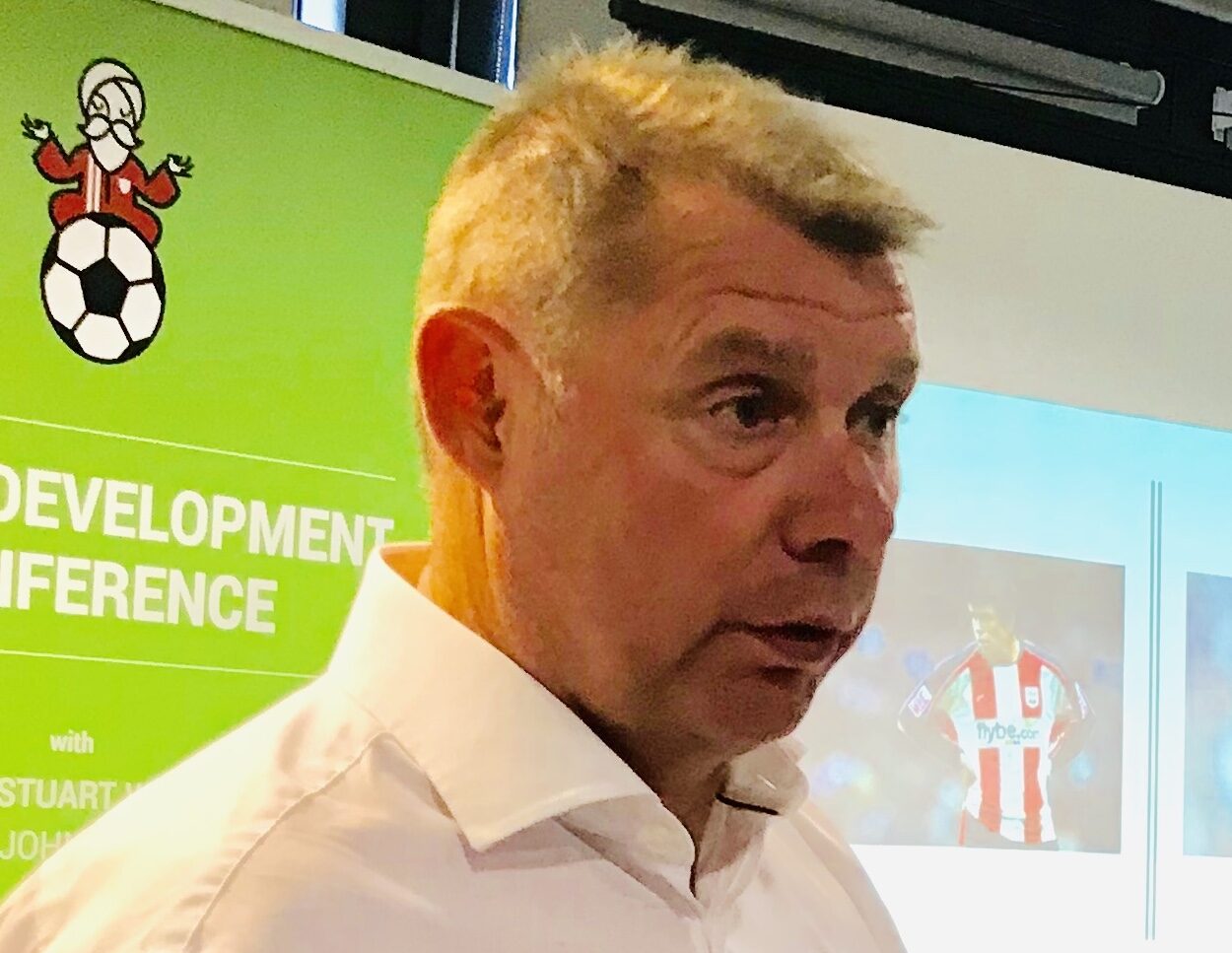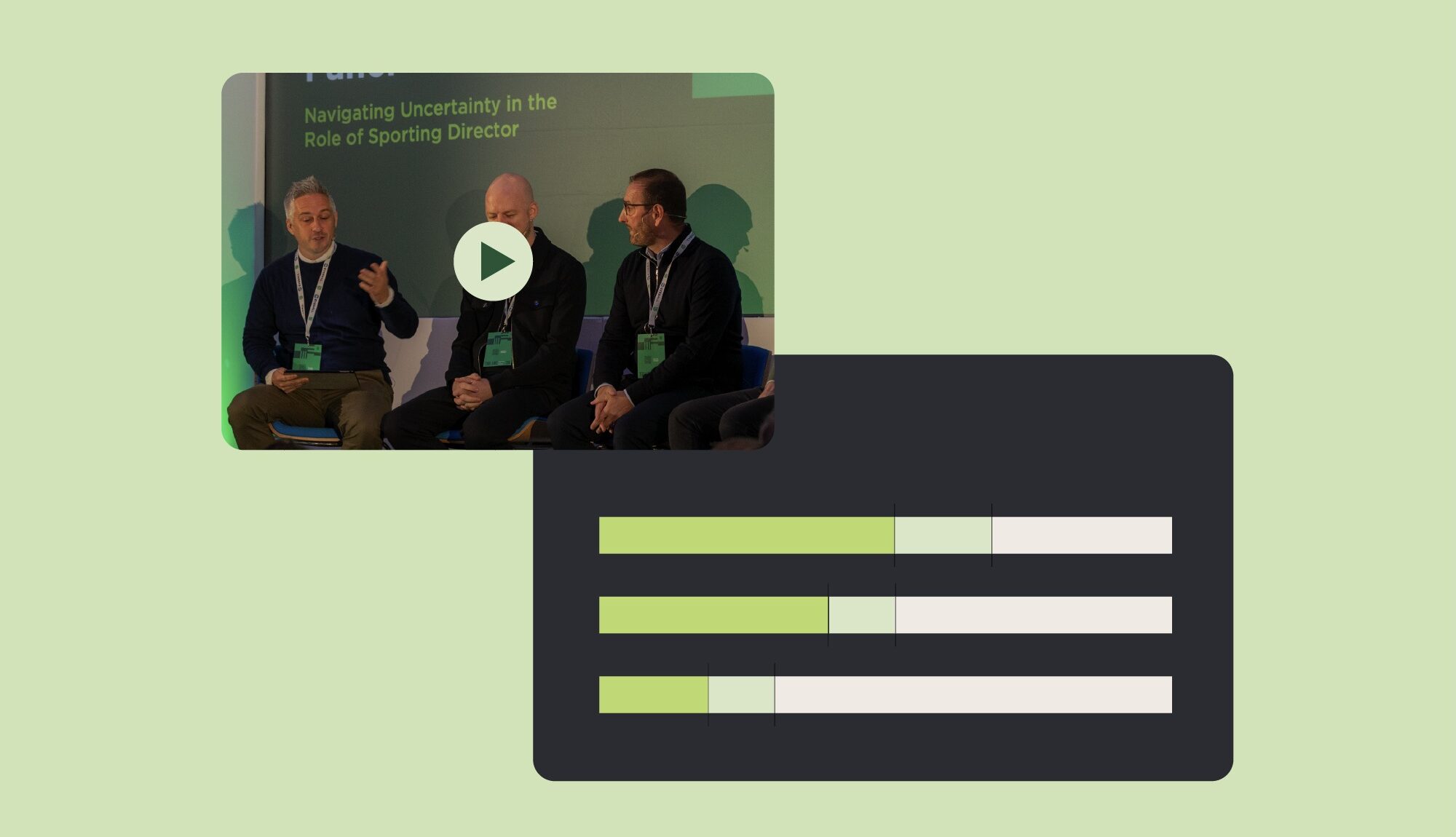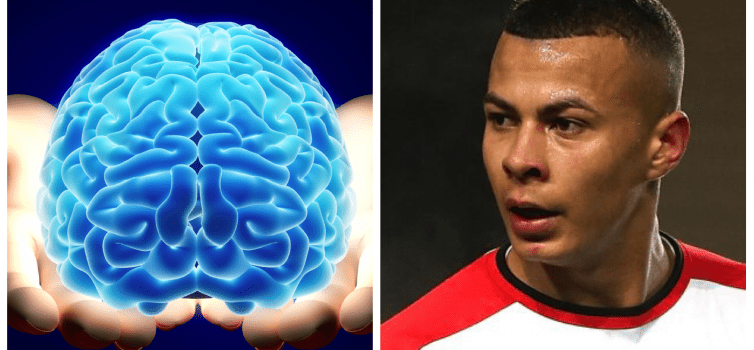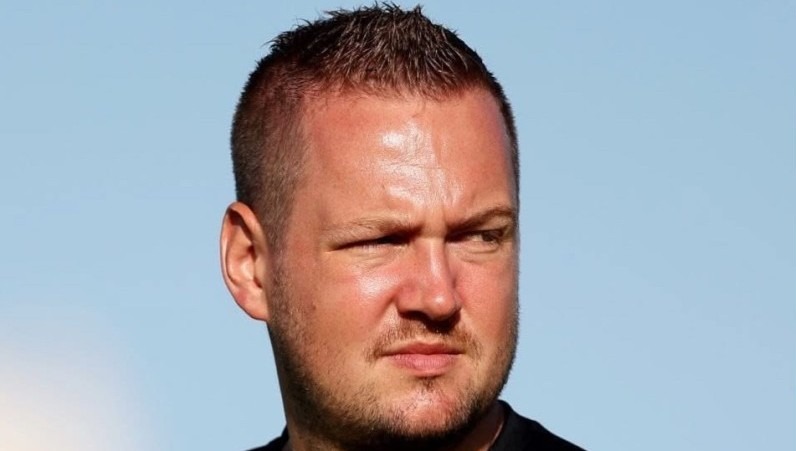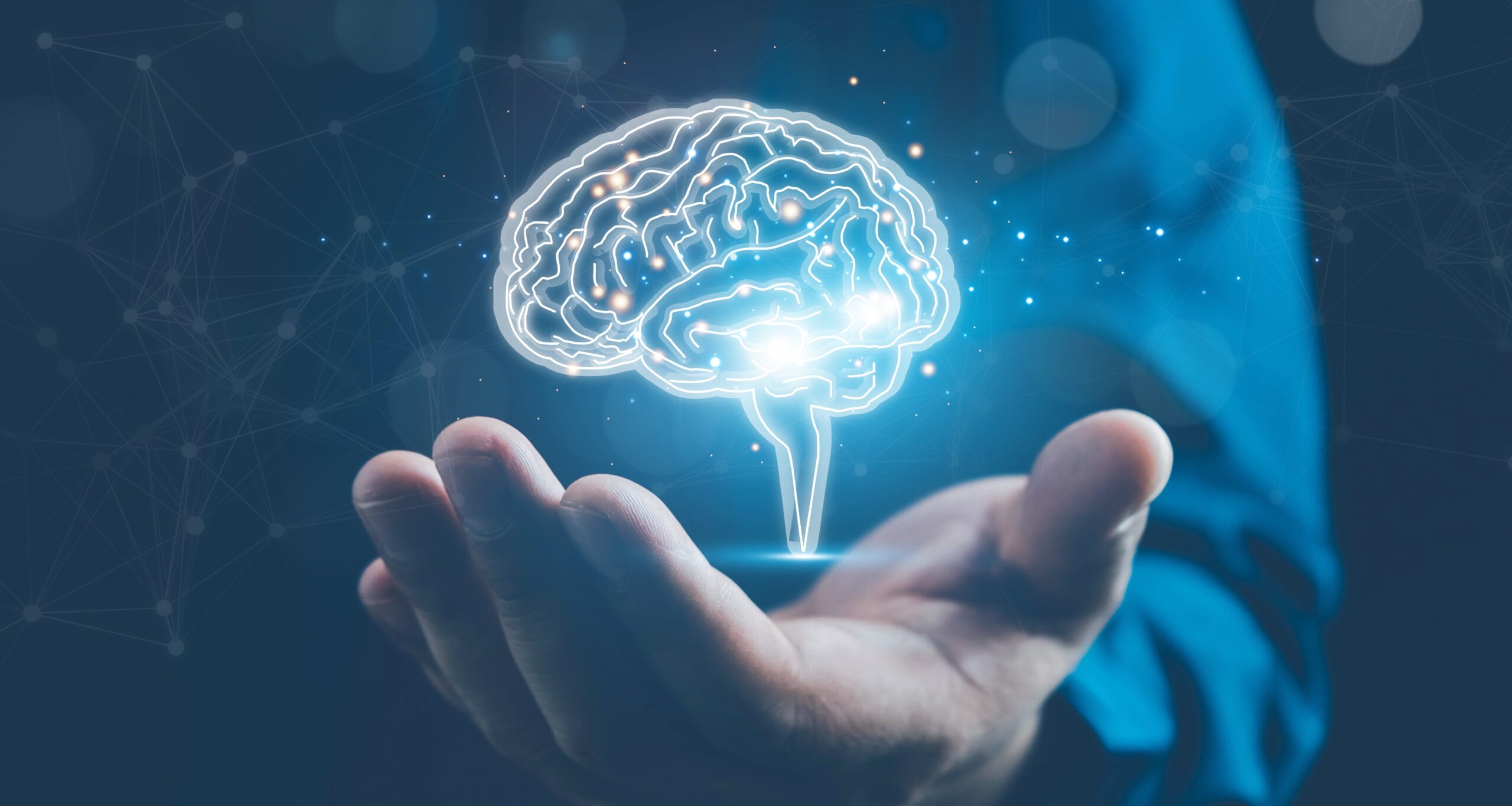
Dr Perry Walters: Using the ASPIRE model to understand the adolescent brain
Written by
Dr Perry Walters
February 3, 2025
In recent years, neuroscience has changed our understanding of the developing brain, especially in the adolescent years (10-24).
We now know this as a time of rapid, dynamic change when the brain is more easily influenced by the environment than at any other stage of development. Just as a toddler’s brain is predisposed to learn to walk, talk and bond with caregivers, so the adolescent brain is inclined toward inquiry, risk-taking, independent decision-making and forming new social connections.
As educators, how can we can incorporate this new knowledge into thinking and practice? How can we capitalise on the evolving adolescent brain to help optimise young people’s development, in terms of both achievement and wellbeing?
It’s not straightforward to apply neuroscience findings to educational practice. As Professor Chris Frith says, brain scans don’t easily translate to lesson plans. This is where we can learn from transdisciplinary fields such as ‘Mind, Brain and Education’, an emerging field that seeks to explore findings from neuroscience and psychology in educational contexts.
It brings theory and practice together, with scientists and educators collaborating to generate new knowledge that sits beyond what’s already known in each area.
Drawing on this template, I have recently worked with both teachers and Academy coaches to explore how new insights from developmental neuroscience might be applied in the classroom and on the football pitch. With colleagues from Bristol University, we have developed the ASPIRE model, which is a framework that helps make sense of current neuroscience and explores how it might prove meaningful and useful for teaching and learning.
We feel the ASPIRE model is:
- A useful way to make sense of complex information.
- A meaningful framework to incorporate new understanding around adolescent development.
- A way to bring new knowledge into the conversation about education that shifts the focus/ reinterprets/ refocusses existing ideas.
- A way to plan or evaluate lessons.
- A framework that supports existing good practice and challenges ideas that are no longer helpful.
- A developmental psychosocial framework that can be incorporated with existing practice.
The ASPIRE model aims to encapsulate adolescent-specific changes in terms of motivations, needs and emerging capacities and aims to capture the heightened drives and emerging capabilities that are ‘ripe and ready’ for nurturing. Furthermore, it suggests the conditions and environments that help optimise development.
This is the ASPIRE model:
Autonomy
Adolescence is that transitionary period between the onset of puberty and assuming an adult role in society, where changes in sex hormones and brain chemicals increase drives toward independence. During this process the brain begins to remodel, increasing capabilities such as improvements in planning, decision-making and mentalising (gaining perspective on things).
These emerging capacities help adolescents to evaluate and integrate others’ perspectives into their own decisions. They become increasingly able to weigh others’ opinions and consider the possible future consequences of their own choices.
This developing ability to incorporate others’ perspectives when making decisions is enabled through the co-operation of different brain areas, namely a shift in the influence of ‘self-focus’ brain areas (medial prefrontal cortex) toward more ‘other-focused’ networks (including the lateral prefrontal cortex and the temporoparietal junction).
Autonomy has been identified as one of the basic psychological needs, and empowering adolescents to have ownership and volition in what they are doing has been linked to increased intrinsic motivation. Research indicates that when teachers and coaches adopt autonomy-supporting behaviours, adolescents experience increased motivation and higher needs-satisfaction and wellbeing.
These might include: giving meaningful choices, taking learners’ perspectives, giving rationales for decisions and appreciating negative affect (emotions).
As educators, we need to ask: How can we create the conditions that provide a greater sense of autonomy for young people?
Self
At the onset of puberty, hormone-related brain changes trigger a heightened sense of self. This produces a qualitative shift that allows adolescents to contemplate their own identity and place in the world and a sense of their own person, distinct from that of their family unit.
Compared to adults and children, adolescents show stronger activation in ‘self-focus’ brain areas when thinking about themselves (temporal parietal junction ‘TPJ’ and medial prefrontal cortex ‘mPFC’) and when they perceive others, especially peers, are thinking about them.
Their identity is starting to crystallise; figuring out who they are, which groups they belong to and their possible future selves is being forged. What sense of self develops depends on the experiences and practices that unfold during this impressionable time.
Is a capable, confident, agentic sense of self developing? Is this a sense of self that goes beyond solely a football identity? Linked to heightened brain plasticity, a person’s distinct character is being uniquely moulded during the teenage years.
What environments are we creating that help shape this developing sense of self?
Purpose
During adolescence, the brain not only becomes more efficient, it also changes in terms of connectivity. It becomes interconnected across more distant brain regions, enhancing capacities for engagement with increasingly complex and abstract concepts.
Adolescents are beginning to find their place in the world and can increasingly grapple with ideas and causes beyond the self, such as justice, religion and political causes. Also, through changes in pre-frontal circuitry, hey have increased capacities to think metacognitively – ie about their own and others’ thinking.
A sense of purpose is linked to the emerging sense of identity and relates to experience and exploration (adolescents are motivated to try different experiences and try on different identities). Purpose also relates to an adolescent’s sense of agency. How confident are they that they can affect change in the world and shape their own lives?
As educators, we need to ask: How can we create the conditions to help foster a positive sense of purpose in adolescents?
Inquiry
Influenced by pubertal hormones, adolescence is marked by a triggering of new motivations, drives and passions. This includes increased drives to take risks, explore, experiment and lean into uncertainty, in ways that get lost as we reach adulthood.
Trying new experiences is especially rewarding for adolescents and, in terms of evolution, is nature’s way of ensuring that the young leave the nest, get off the sofa and engage with society. Adolescents are particularly drawn and motivated by novelty and excitement.
Neuroscience research suggests that reward centres are more active in adolescence and there is an increase in the reservoir of the neurotransmitter dopamine (linked to pleasure, attention and focus). This suggests that adolescents sometimes see more of the upside of situations and make decisions based on impulse, without thinking through the consequences.
Historically seen as a negative disposition (fast driving, sexting, poor judgement) this predisposition has increasingly been viewed as potentially adaptive with benefits for learning and creativity.
As educators, we need to ask: How can we create the conditions that capitalise on these adolescent specific drives and motivations? How can we create opportunities for adolescents to investigate, to explore and to take ‘safe risks’?
Relationships
In terms of evolution, it is part of the adolescent condition to form positive relationships beyond the family unit. Fitting in and belonging to the group is a basic psychological need and adolescents are primed to notice and learn from peers and significant adults (such as coaches). Being socially ostracised is especially painful for teenagers.
Science is showing that the mere presence of friends and peers primes the reward centres in the adolescent brain, increasing subcortical activity and the release of dopamine and, as such, might provide a possible rich learning resource.
Linked to increased hormones, such as testosterone, and changes in social brain areas, adolescents show an increased sensitivity towards social status and evaluation from self and others and are on the look-out for behaviours that confer status, admiration and respect, especially from peers.
Adolescents are especially attuned to the norms and values of the group. This can be for good and bad. For example, achieving acceptance and status in a street gang might involve different values and behaviours compared to achieving admiration and status in an elite football setting.
As educators, we need to ask: How can we capitalise on these enhanced drives and needs that help foster positive relationships and provide opportunities for positive ways to gain admiration and respect?
Emotions
Early development of emotion circuits in the brain make adolescence a time of peak motivation, passion and drive. Professor Dan Siegel talks about an ‘emotional spark’, where passions are ‘on fire’, with an amplified intensity compared to other stages of the life span.
Evolutionary-wise, it has been speculated that a heightened emotional system drives the need to venture out and connect with others, to try new experiences and to push boundaries on the road to becoming an independent adult. During adolescence there may be an emotional bias in decision-making, where early developing limbic (emotion/reward) circuitry might outweigh later developing control and judgement systems.
Although this has been thought of as a time of difficulty and problem behaviours, it is increasingly being re-conceptualised as a developmental period of great potential; a time to harness and guide strong passions and drives, enabling adolescents to fine-tune connectivity (between frontal and emotional circuits) and fulfil their potential at a stage of heightened neural adaptability.
As educators, we need to ask: How can we create the conditions where adolescents engage their passions and drives in positive ways and have opportunities to self-regulate their emotions and behaviours?
Follow Us
For latest updates, follow us on X at @ground_guru
